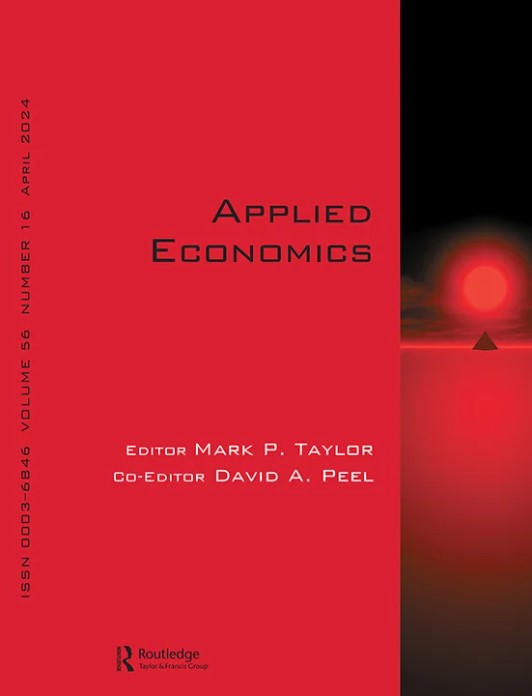
A new article by a RILSA researcher published in the Applied Economics journal
Umut Ünal, Head of the Macroeconomic Analysis Department at the Research Institute for Labour and Social Affairs (RILSA), has recently published an article in the prestigious “Applied Economics” journal (Taylor and Francis).
The paper, entitled “Housing market convergence: evidence from Germany”, co-authored by Umut Ünal, analyses the convergence patterns of German housing prices and rents employing a new and enriched dataset covering all the country’s administrative districts. The results revealed no evidence of convergence across Germany or within the country’s states. Conversely, widespread evidence was determined for divergence and inter-state convergence, thus supporting the existence of convergence clubs. Furthermore, the outcomes of the ordered logit model suggested that variations in GDP per capita, population density, unemployment rates, and the proportions of immigrants and asylum seekers played a significant role in determining club membership in the period 2004 to 2020.
The paper therefore provides valuable insight into the economic evolution and integration processes of individual regions across Germany. The examination of the extent to which housing markets converge or diverge over time allows policymakers to obtain a more profound understanding of the dynamics that underlie regional economic growth and development.
The findings of such studies have significant policy implications. The convergence of housing markets tends to suggest that regional policies are effective in terms of reducing disparities. Conversely, the absence of convergence – as indicated by the findings of the paper – tend to suggest that targeted policies are necessary in order to address regional imbalances. Moreover, housing markets mirror social realities such as income distribution, socio-economic mobility and the welfare of individuals. Thus, the investigation of their convergence has the potential to offer valuable insight into the shifts that are underway within these realities, thereby providing for a more comprehensive understanding of social equity and justice.
The article is available here.
